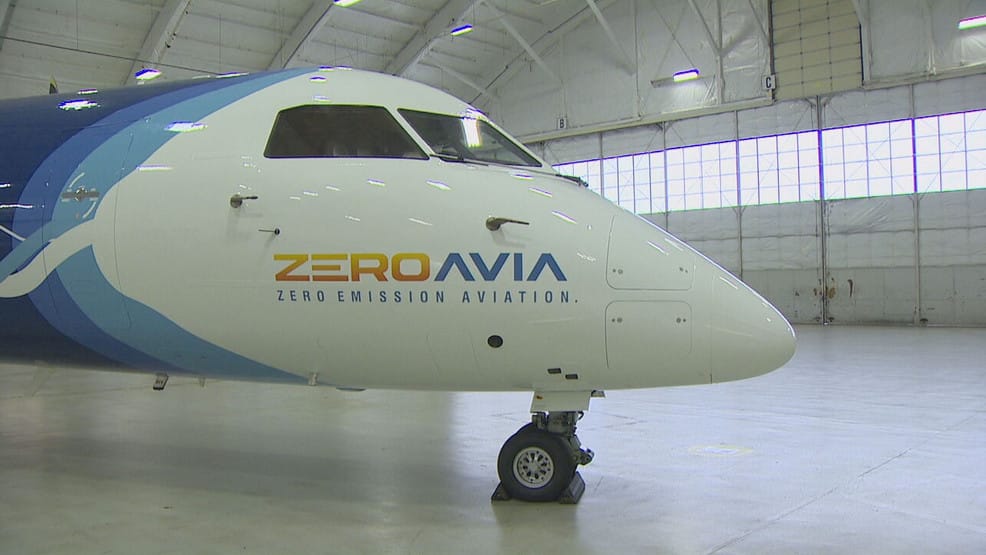A new motor recently seen in action at Paine Field in Everett could move the airliners of the future. (05/06/2023)
In recent years, the aviation industry has fallen under intense scrutiny for its environmental impact. The industry is heavily dependent on fossil fuels and is also a source of carbon dioxide emissions. Because of this, the industry has begun to invest in new electric and hybrid-electric technologies that will make flying more sustainable. This year has seen some significant milestones for this new technology as it slowly becomes more mainstream in the industry.
Heart Aerospace is one of many firms leading the movement toward electric aviation. The aerospace technology company has been developing a brand-new electric regional airliner named the ES-30. This program received an order for up to 40 ES-30s from aircraft lessor Rockton in early May. This company, which has a mission to accelerate the introduction of more sustainable technology to the aviation industry, believes that the ES-30 will assist operators in becoming carbon neutral, minimizing their impacts on the climate.
An order like this is good news for Heart Aerospace, as aircraft leasing companies own over half of the world’s aircraft fleet. Powered by a battery rather than traditional jet fuel, the aircraft will utilize electric motors to carry about 30 passengers in a standard configuration. The aircraft can travel roughly 125 miles (200 kilometers) on fully electric power but also has a hybrid range of up to 250 miles (400 kilometers) when carrying 30 passengers. However, with just 25 passengers, the ES-30 has the potential to travel up to 500 miles (800 kilometers). Heart’s new aircraft now has 250 firm orders.

